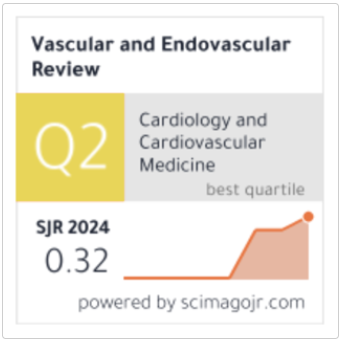Catheter Interventions for Acute Deep Venous Thrombosis: Who, When and How
Keywords:
Deep venous thrombosis, catheter-directed thrombolysis, intravascular ultrasound, pharmacomechanical thrombolysis, aspiration thrombectomy, venous stentAbstract
Deep venous thrombosis (DVT) is common and can be a source of morbidity by way of pulmonary embolism and post-thrombotic syndrome. Recent trials have demonstrated both early and late symptomatic benefit in venous thrombolysis and early recanalisation of the iliocaval system of selected patients. Based on the emerging evidence, national societies have published guidelines that recommend early thrombus removal in iliofemoral DVT in patients with low bleeding risk and good life expectancy. In light of these recommendations, endovenous thrombolysis and/or thrombectomy have become more popular among vein specialists. As more venous technology becomes available, surgeons and interventionalists should take pause and ensure their patient selection and treatment algorithms parallel that of existing and emerging evidence. This article summarises current evidence, technology, and the approach used at a high-volume academic centre in treating iliofemoral DVT.








